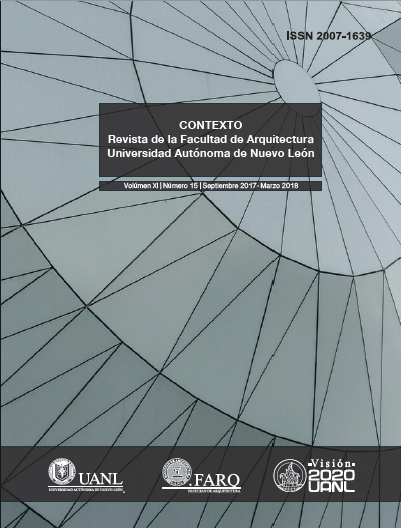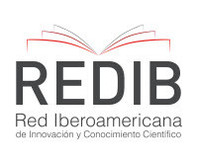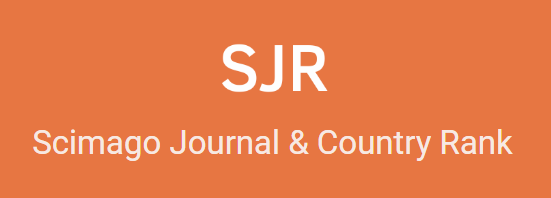Paesaggio paesaggi. (Vedaré le cose).
Abstract
En el amplio debate del “paisaje”, de “tutela del paisaje”, de “paisaje como bien común”, se advierte un riesgo de heterogeneidad de los fines, es decir, se crean las premisas para reducir estos discursos a simples retóricas, que en el fondo dejan librado sin rumbo ni orden, al saqueo y a la destrucción del ambiente (Masiero, 2015:9).Downloads
References
Assennato M, & de Spuches G. (2009), Etica, politica, architettura: 4 mosse per una strategia. IN FOLIO, Rivista del Dottorato in Pianificazione Urbanistica e Territoriale, 23, 3-4, Giu-2009.
Berque, A. (2007), “Transmitting the past to the future: an ontological consideration on tradition and modernity”, International symposium: historical architecture heritage preservation and sustainable development, Taijin Univesity, November 10-12, http: //www.paris-lavillette.archi.fr/asialink/document/publication.Berque.pdf [17 abril 2017]
Berque, A. (2009), El pensamiento paisajero. Biblioteca Nueva, Madrid. Borges, J. L. (2006), El hacedor. Alianza, Buenos Aires.
Gentili, D. (2015), Che cos’è il paesaggio? Alfabeta2, Hits590, 20 mayo 2015. Disponible en: https://sinistrainrete.info/articoli-brevi/5168-dario-gentili-che-cose-il-paesaggio.html [19 mayo 2017]
Groth, Paul and Todd W. Bressi. Ed. (1997), Understanding Ordinary Landscapes, New Haven, CT: Yale University press.
Nogué, J. (2007), Territorios sin discurso, paisajes sin imaginario. Retos y dilemas. En: Ería, Revista cuatrimestral de geografía, ISSN 0211-0563, Nº 73-74, 2007, págs. 373-382. Disponible en: https://dialnet.unirioja.es/servlet/articulo?codigo=2585408 [15 abril 2017]
Sontag, S. (2010), Sobre la fotografía. Radom House Mondadori, Barcelona.
Downloads
Published
How to Cite
Issue
Section
License
Copyright (c) 2017 CONTEXTO. Revista de la Facultad de Arquitectura de la Universidad Autónoma de Nuevo León

This work is licensed under a Creative Commons Attribution-NonCommercial 4.0 International License.
The authors who publish in this journal accept the following conditions:
1. The authors keep the copyright and give the journal the right of the first publication, with their content registered under the Creative Commons License, which lets third parties to use the published material as long as they mention the authors and the first publication from the journal.
2. The authors can make other independent and additional contractual agreements for the non-exclusive distribution of the version of the article published in the journal (for example an institutional repository or a book) provided that they explicitly mention that the content was first published in CONTEXTO. Revista de la Facultad de Arquitectura de la Universidad Autónoma de Nuevo León..










.png)





